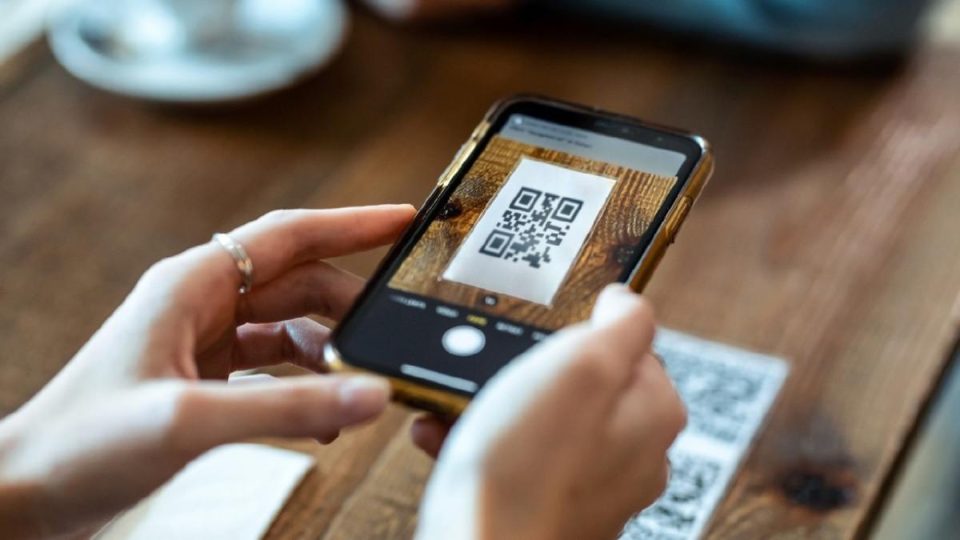On Monday, Reserve Bank of India Governor Shaktikanta Das said that UPI (Unified Payments Interface) payments had grown exponentially over the past 12 months. Daily transaction volume exceeded 36 crores, a 50% increase from 24 crores in February 2022.
In terms of value, these transactions are worth Rs 6.27 lakh crore, a 17% increase from Rs 5.36 lakh crore in February 2022, the governor told reporters this afternoon when launching the digital payments awareness week at RBI headquarters.
He also said the total monthly digital payment transactions exceeded Rs 1,000 crore in the last three months.
“Our payment system is being discussed globally, and several countries have shown interest in replicating our success story. We are proud that our payment system has witnessed over 1,000 crore monthly transactions since December 2022. This speaks volumes about the robustness of our payments ecosystem and consumer acceptance. A recent pan-India digital payments survey (covering 90,000 respondents) showed that 42% of respondents had used digital payments,” said Das.
In terms of transaction volume, UPI surpassed 800 crore transactions in January 2023, while NEFT (National Electronic Funds Transfer) hit an all-time daily transaction volume of 3.18 crore transactions on February 28.
UPI was launched in 2016. Since then, it has become the most popular and preferred payment method, pioneering person-to-person and person-to-merchant transactions, accounting for 75% of all digital payments.
UPI transaction volume increased from 0.45 crore in January 2017 to 804 crore in January 2023. The value of UPI deals increased from just Rs 1,700 crore to Rs 12.98 lakh crore during the same period.
Regarding the tokenisation campaign, he stated that the RBI has created over 48 crore card tokens and processed over 86 crore transactions, making it the largest tokenisation campaign in the world. Tokenised transactions increased from 35% of the ecosystem to 62%.
The customer-friendly recurring task framework has helped increase the number of e-tasks from around 2-3 crore (or Rs 130 crore worth) to about 15 crores (or Rs 1,700 crore).
Acceptance of digital payment infrastructure increased by 53% from 17 crore touchpoints to 26 crore touchpoints.
The Governor has also launched the ‘Har payment digital’ mission to reinforce the RBI’s commitment to deepening digital payments in the country.
While UPI facilitates digital payments to retail outlets, kiranas, street vendors, etc., Bharat Bill Payment System (BBPS) ensures the migration of bill payments from cash/cheque to digital mode and the National Electronic Toll Collection (NETC) system helps increase efficiency by reducing waiting times at tollbooths in the process of shifting toll payments to a digital model, the governor said.
The National Automated Clearing House (NACH) system also digitally facilitates Direct Benefit Transfer (DBT) payments and eliminates loopholes.
Das further said that the RBI has decided to adopt 75 villages by engaging village entrepreneurs in the 75 Digital Villages programme. Under the plan, the PSO will take 75 villages and transform them into digital payment-enabled villages.
At the same event, which also marked the 18th anniversary of the RBI’s Payment and Settlement Systems Division, Rabi Sankar, deputy governor in charge of the division, said digital payments had grown by 15% annually over the past five years.
Financial formalisation of the economy is a must as money is at the heart of any economy, Sankar said, adding that RBI’s Digital Vision 2025 (the ministry’s 20th anniversary) is to ensure that everyone, anywhere, every moment, can make digital payments.
 Live
Live

